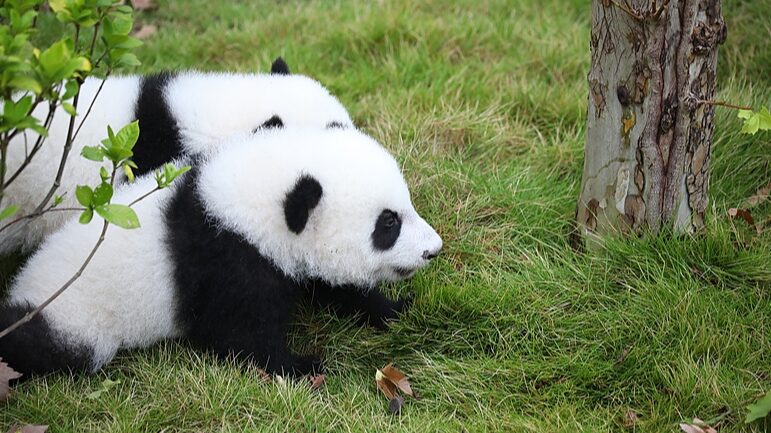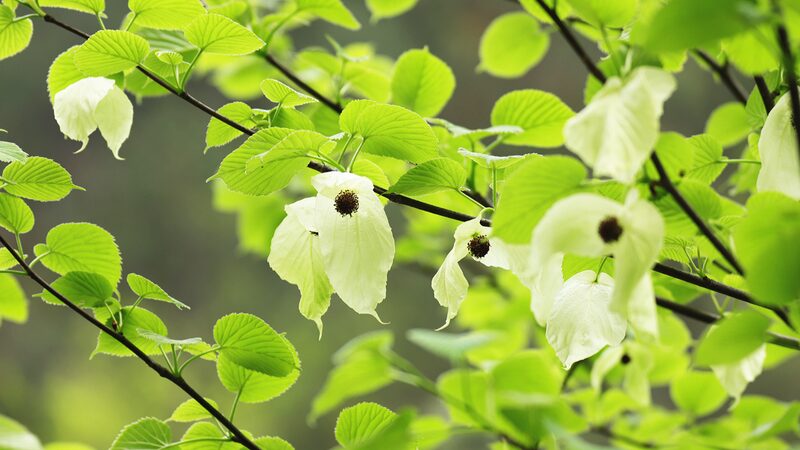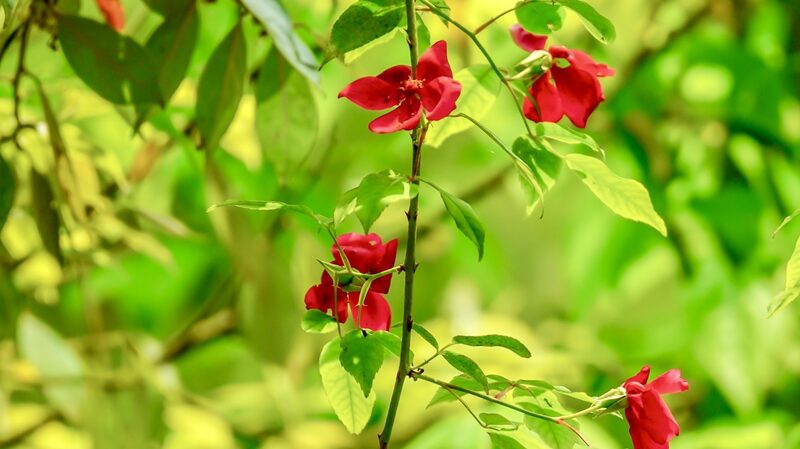The misty valleys of Guizhou Province in southwest China have become a scene of ecological poetry this spring, as the rare Davidia involucrata — known as the "dove tree" — blankets Fanjing Mountain National Nature Reserve in ethereal white blooms. The UNESCO World Natural Heritage Site now resembles a living canvas, with the tree's iconic bracts dancing like flocks of suspended doves against lush greenery.
Designated a national first-class protected species, the dove tree holds dual status as a "living fossil" and "green giant panda," surviving for millennia in Fanjing Mountain's humid, high-altitude microclimate. Conservationists highlight its blooming season as both a biodiversity triumph and a stark reminder of climate challenges facing ancient flora. As researchers document the blooms, travelers flock to witness this natural spectacle, underscoring the growing importance of eco-tourism in China's environmental protection efforts.
Reference(s):
cgtn.com








